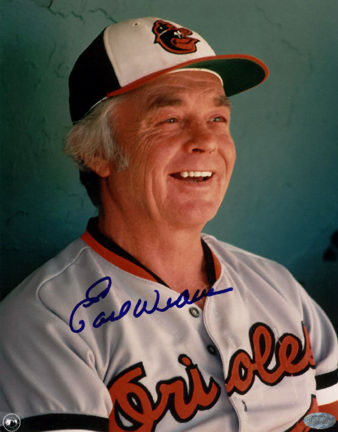Ed Seykota on his web site offers insight into “trends”:
“All methods of defining trends compare various combinations of historical price points. All trends are historical, none are in the present. There is no way to determine the current trend, or even define what current trend might mean; we can only determine historical trends. The only way to measure a now-trend (one entirely in the moment of now) would be to take two points, both in the now and compute their difference. Motion, velocity and trend do not exist in the now. They do not appear in snapshots. Trend does not exist in the now and the phrase, “the trend” has no inherent meaning. When we speak of trends, we are speaking, necessarily, from some or another view of history. There is no such thing as a current trend. When we speak of trends we are necessarily projecting our own definitions.”
Boom.
How can you move forward immediately to Trend Following profits? My books and my Flagship Course and Systems are trusted options by clients in 70+ countries.
Also jump in:
• Trend Following Podcast Guests
• Frequently Asked Questions
• Performance
• Research
• Markets to Trade
• Crisis Times
• Trading Technology
• About Us
Trend Following is for beginners, students and pros in all countries. This is not day trading 5-minute bars, prediction or analyzing fundamentals–it’s Trend Following.



